
History of colon hydrotherapy
The origins of hydrocolontherapy date back to ancient times. Already in Ebers’ papyrus of 1552 a. C. There are news about the indications for the use of clisters by the Egyptians as a remedy for more than 20 gastric and intestinal symptoms.
Even the ancient Greeks and Romans have contributed to the history of hydrocolontherapy. Hippocrates used the clisters to treat fever and other bodily disorders. The Roman Asclepiade doctor of Bitinia considered one of the fathers of Roman medicine, preferred the use of clisters to that of laxatives for the treatment of intestinal wounds and fevers.
The next quotation written on the use of the enema is found in Celso’s “De Medicina” (25 BC – 50 AD). The Greek-born physician Galen was also an enema supporter.
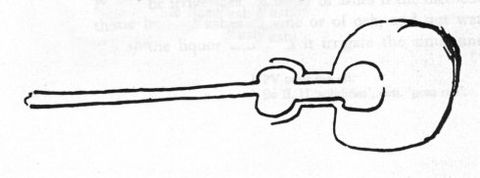
The first documented instrument for hydrocolontherapy was the syringe to be cloned. However, it is not certain who belongs to his / her paternity. Lieberman attributes to Avicenna (980-1036 AD) the first description of the syringe. Certainly, he described one of the great Arab surgeon and Albucasis medical surgeon in Cordoba in the surgical section of his work, Al Tasrif, for ears and for urethral injections. For clisters, however, he suggested the use of a completely different instrument: a purse attached to a rigid cannula, a type of instrument that remained prevalent until the sixteenth century.
During the Middle Ages, clime information continued to spread and its use became fashionable among the wealthy populations of the population and the real families.
The famous English surgeon John Ardene (1307-1390) wrote a treatise titled “Treatise of Fistula-in-ano, Hemorrhoids and Clysters”.
In 1480 Louis XI, King of France, accused an apoplectic attack that was resolved by an enema administered according to the directions of his doctor.
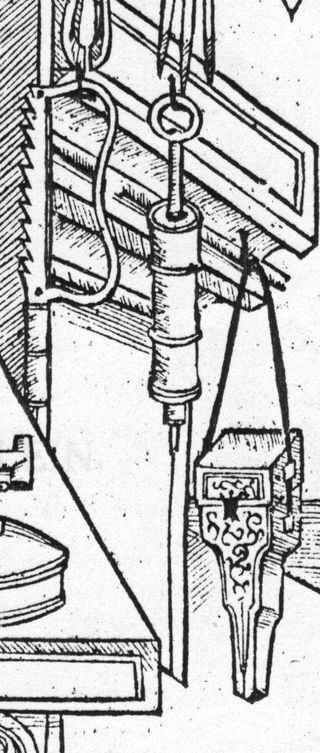
One of the first illustrations concerning the use of the syringe for administering enema appears in the Book of 1497 Das Buch der Cirurgia by Hieronymus Brunschwig.
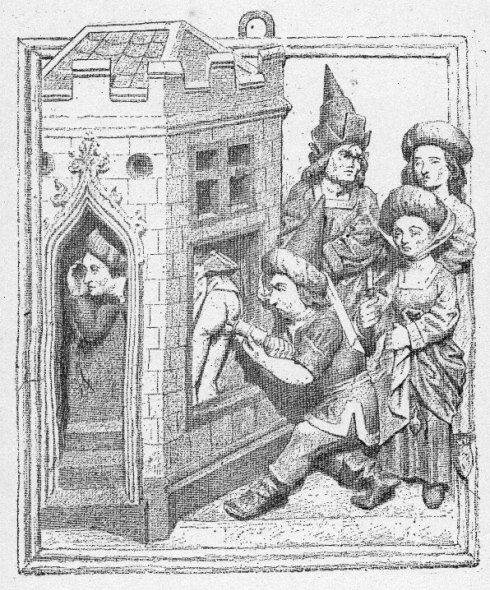
Another of the same century is clearly seen in a wooden bas-relief at the Museum of Bruges and shows the somewhat curious scene shows the domination of an enema to a woman through a window
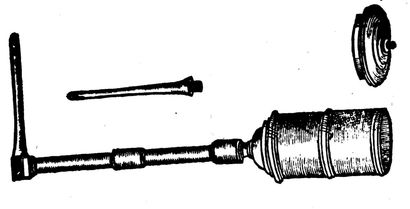
In the sixteenth century the syringe had the favor of the majority of doctors and doctors, but it was not suitable for patient self-administration, so in 1564 the famous French surgeon Ambroise Paré in his Dix Livres de la Chirurgie presented “a ‘Another syringe for a woman who will be pudica, who can give the clisters alone.’
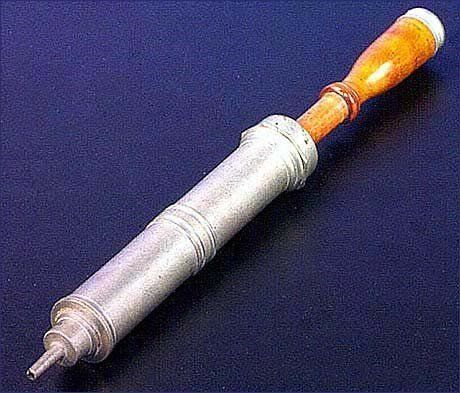
The 17th Century became famous as “the Age of Enema“. In the Parisian society it was fashionable to get three or four clistes a day, according to the popular belief that an internal wash was essential for a good state of health.
It is said that Louis XIV (1638-1715) has received more than 2000 clisters during his life. During this period the syringes were shaped in different ways. It was a good practice to have several syringes, and some aristocratic families even had rich collections.
Because many of the patients were reluctant to report extraneous clues, the great Dutch physician and physiologist Reinier de Graaf decided to present a tool, which was a normal syringe with a flexible waterproof tube between the cylinder and the cannula, which could avoid the presence of the spearhead.
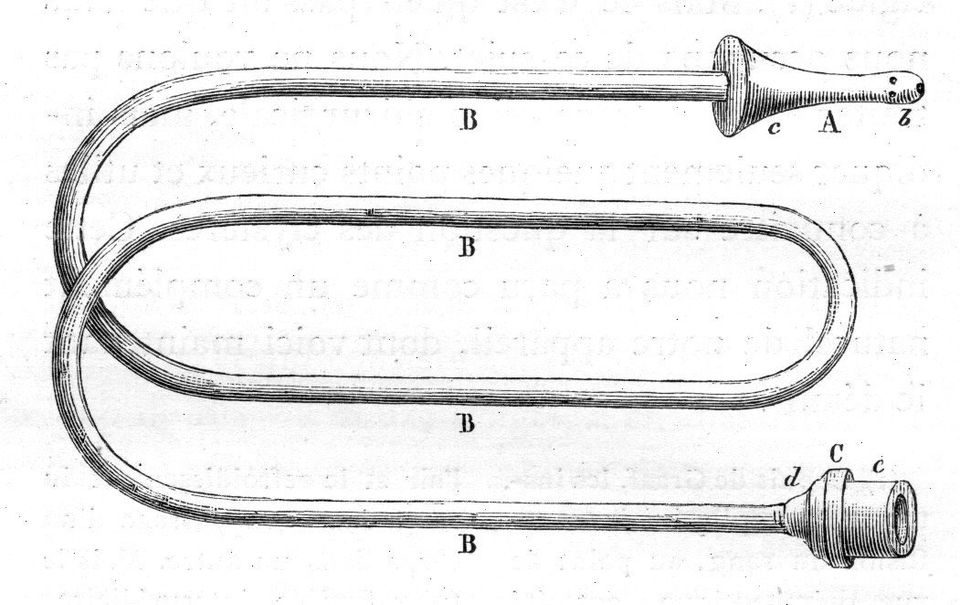
A type of syringe that had a certain success between the eighteenth and nineteenth centuries included a double rectangular tubular metal joint and sometimes incorporated into a stool. The patient sat cautiously on the cannula and pushed the syringe piston down with both hands.
In the first half of the nineteenth century, three British inventors competed to produce and propagate new tools for enemas (according to them) to all previous ones, and in particular to the traditional syringe. Their names were John Read (who was not a physician but had a particular inclination to mechanics), Edward Jukes (surgeon and strong clisters), and James Scott (prominent clerical surgeon physician and probably the most prolific author on this topic). The tools offered by these inventors were extraordinarily similar, and all were small syringes used as pumps with intermittent, aspirating and pressing action.
In 1846, the French physician Éguisier presented an instrument called by him “irrigateur”, also known later on under his name and particularly useful for the self-administration of the clisters without the need for the patient to pump. The sprinkler was remarkably successful, especially in France, to the point that it also produced very elegant models with enamelled decorations. It was also sold in England towards the end of the century and we find an illustration in the 1895 catalog of Harrod’s department stores. They were the tools for more enema, but nevertheless they were not abandoned until after the 1930s.
In France even appeared in illustrations of erotic novels of the time, perhaps because of their elegant appearance …
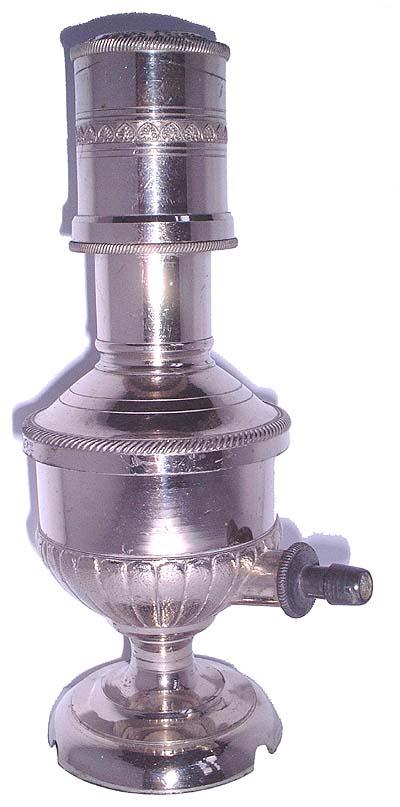
In 1872, another British physician, WL Shepard, presented two small tools for his invention, called Simplex and Facilis, in an article published almost simultaneously on The Lancet and The British Medical Journal. In that article Shepard criticized the defects of Éguisier’s traditional brass and iris syringe but did not mention the previous tools of Read, Jukes and Scott, who were clearly his predecessors.

Continuing the evolution of equipment development, one of the most original pieces was the “Plombieres” designed by De Langenhangen. This instrument was introduced in 1898 and allowed the patient to perform the procedure in a re-position. The pressure and the flow of water were adjustable.
The Viennese pathologist Anton Brosch is considered to be the pioneer of underwater polyclonalisation. He administered the irrigation fluid through a tube that was inserted into the patient’s gut before he entered the tub. In the bath itself, the running hot water carried all the excrements that came near the tube. In 1922 the dr. Olpp learned the Brosch method and turned that hygienic device into unsatisfactory. From that moment it was called underwater enteroclism: here the intestinal tube and the stomach funnel were provided with sealing gaskets, so much less feces were left in the bath water. It also inserted a spherical valve in the intestinal tube for pressure control, reducing the risk of intestinal perforation.
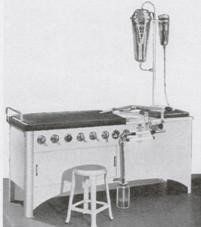
The Kennison Hydrotone was one of the first “open” systems. It consisted of an intricately metal table with hot and cold water taps and a drain pan, all connected to the piping of the aqueduct in a sanitary manner. The operator sat at the side of the table and all the controls were on hand. The irrigation cannula was tempered steel and allowed both impact and runoff, thus allowing continuous irrigation.
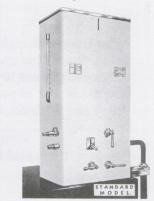
The next development was the Dierker Apparatus, one of the first closed systems. It was produced in two models, corresponding to different ways of administering hydrocolontherapy. In “high” hydrotherapy, the irrigation tube was inserted over a meter into the intestine through the rectum, causing the water to “literally” flush the intestinal contents out of the anus. In “low” hydrocohydapy, which is currently performed, the rectal tube was replaced by a speculum or anoscope that was inserted for 6-10 cm in the rectum, allowing the water to slowly soften the faeces content from the rectum and , through the sigma, to the other different portions of the colon.
In 1906, Dr. Kellog, surgeon in the US state of Michigan, published an extended treatise on hydrocolontherapy; in his book he recommends it for many morbid conditions, including hepatic-biliary diseases, surgical shock, colitis and cholera.
The importance of hydrocolontherapy has been underlined by many physicians of that period, including Dr. James A. Wiltsie and Dr. Joseph EG Waddington. The latter, in a publication titled “Scientific Intestinal Irrigation and Adjuvant Therapy”, outlines the position of many of its contemporaries, saying that “incorrect functioning of the intestinal canal is a precursor to many diseases, especially chronic. Normal elimination of intestinal contents is often the preliminary stage leading to the recovery of the global health condition. ” Dr. Wiltsie argued that “our knowledge of normal and abnormal colonic physiology, as well as its pathologies and therapies, have not progressed to those of other organs of the human body. Until we continue to to think that the colon will take care if we remain in complete ignorance of what is probably the most important source of disease throughout the body. “
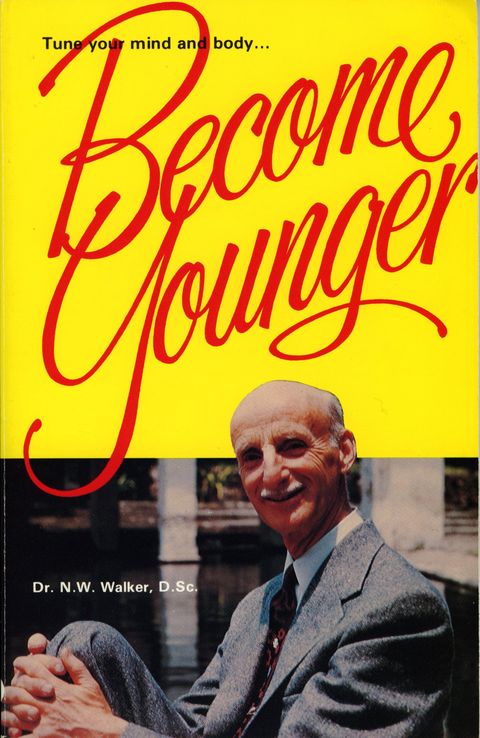
Dr. Norman Walker, known throughout the world for writing numerous texts on how to reach and maintain a balanced state of well-being (he himself was the best example of his teachings, having lived serenely and in acute physical conditions up to 118 years) , wrote about half a century ago in a book dedicated to colon health that “no treatment of illness or pain can be successful unless a preliminary intestinal cleansing is performed by washing.”

At the end of the nineteenth century, the biologist Russo Metchnikoff, director of the Pasteur Institute in Paris and the Nobel Prize in Medicine in 1908 with studies on the biology of intestinal bacterial flora, used to assert that “death originates in the colon”.
However, the practice of colon cleansing by poorly educated and unknowingly experienced staff, along with the resulting lack of professional control and appropriate studies, have also led to an inevitable resistance to its acceptance by other exponents of official medicine during this first “pioneering” phase.
Since the 1940’s, hydrotherapy instruments continued to evolve, and in the early 1950s this kind of floral treatment in the United States. The prestigious Beverly Boulevard in Los Angeles was known as the “Hydrocolon Row”. However, in the mid-60s the use of colic irrigation and hydrocolontherapy began to decline until the early 1970s, when most hydrotherapy equipment was removed from hospitals and rest homes to be replaced by colostomies, laxatives and disposable clizies.
Today, the improvements made to the equipment used for colon washing by modern technology (especially those related to safety) and the training of specially trained therapists, mean that hydrotherapy is claiming to be a cure for treatment of some diseases and as a support for proper bodily homeostasis. Currently, national and international research has begun to evaluate the benefits and the various applications that hydrotherapy can offer. Along with balanced nutrition, exercise and positive mental attitude. hydrocolontherapy can play an important role in achieving and maintaining a state of true well-being.



